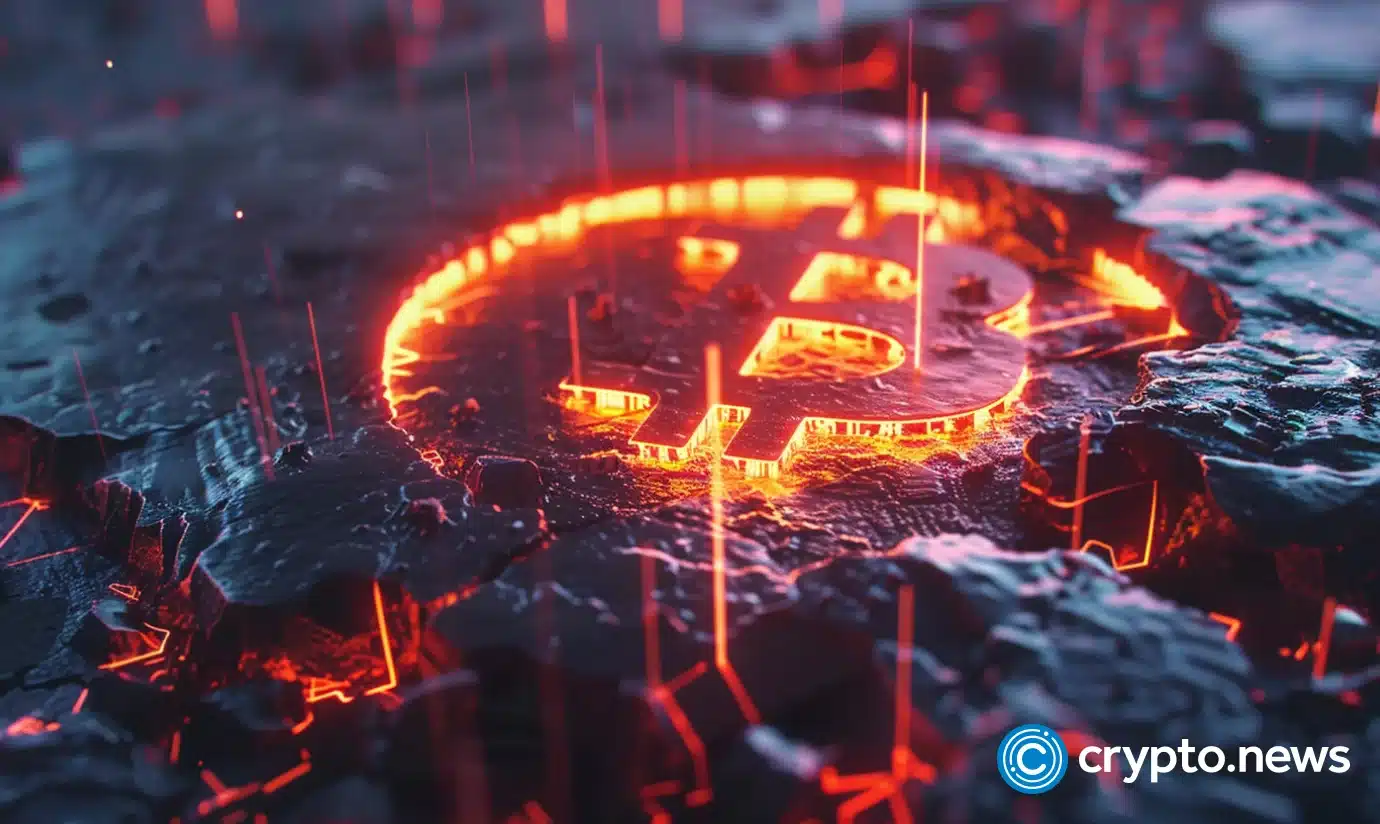The recent halving event has led to a reduction in the reward for mining a block from 6.25 BTC to 3.125 BTC. As a result, cash-strapped firms are either leaving the market or merging with larger firms. The 2024 halving event is anticipated to result in widespread consolidation and defaults, in contrast to previous halving events in 2016 and 2020. Innovations such as Runes and Ordinals have introduced fungible tokens and NFTs to the Bitcoin blockchain, expanding the possibilities for the cryptocurrency beyond simple transactions.
These advancements demonstrate that Bitcoin can support a wider range of decentralized applications, although they also present their own set of challenges. Hardika, a leader in cryptocurrency mining, believes that Bitcoin is evolving into the “mother chain” and is attracting new protocols on its L2 or sidechain. Such innovations serve as a trade-off for the network’s security budget and enable solutions like Lightning and ICP with ckBTC to reduce Bitcoin transaction fees significantly. The emergence of protocols like Runes and Ordinals is seen as an early step in Bitcoin’s programmability.
While it is now possible to build an L1 primitive dApp, the current capabilities are still limited. However, it is believed that these innovations will serve as anchor points for L2s to provide comprehensive defi applications on Bitcoin. The rise of CryptoKitties on the Ethereum network led to the development of over 50 Bitcoin Layers or sidechains aimed at addressing Bitcoin’s scalability. While many of these initiatives may not survive, those with strong utility and actual use cases are expected to endure.
